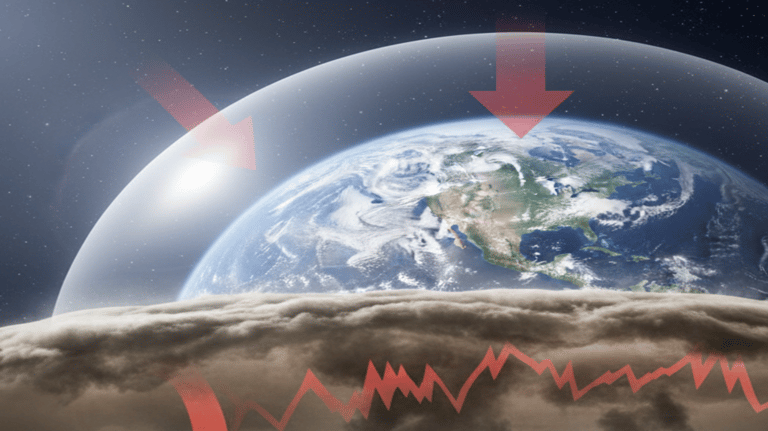Understanding Greenhouse Gases (GHGs): The Silent Drivers of Climate Change
Isha Agrawal
9/22/20252 min read


What Exactly are Greenhouse Gases (GHGs)?
At its core, a Greenhouse Gas is an atmospheric gas that absorbs and emits radiant energy at thermal infrared wavelengths, causing the greenhouse effect. Think of Earth's atmosphere like a cozy blanket. Certain gases in this blanket trap heat that would otherwise escape into space, keeping our planet warm enough to sustain life. Without naturally occurring GHGs, Earth would be a frozen, uninhabitable world.
The primary naturally occurring GHGs include:
Water Vapor (H2O): The most abundant greenhouse gas.
Carbon Dioxide (CO2): A vital component of Earth's carbon cycle.
Methane (CH4): Produced from both natural processes and human activities.
Nitrous Oxide (N2O): Naturally present in the atmosphere as part of the nitrogen cycle.
Ozone (O3): Crucial for blocking harmful UV radiation in the stratosphere, but a pollutant at ground level.
The Human Impact: How GHGs Are Fueling Our Carbon Issues
While some GHGs are natural, human activities have dramatically increased their concentrations in the atmosphere, particularly since the Industrial Revolution. This is where the connection to "carbon issues" becomes critical. When people talk about "carbon issues" or "carbon footprint," they are primarily referring to the release of carbon dioxide (CO2), though it's important to remember other potent GHGs are also part of the problem.
Here's how human actions are amplifying the greenhouse effect and creating our current carbon crisis:
Burning Fossil Fuels: The biggest culprit. When we burn coal, oil, and natural gas for electricity, transportation, and industry, we release vast amounts of stored carbon into the atmosphere as CO2. This carbon has been sequestered underground for millions of years.
Deforestation: Forests act as vital "carbon sinks," absorbing CO2 from the atmosphere. When forests are cleared or burned, not only do they stop absorbing CO2, but the stored carbon is also released back into the atmosphere.
Industrial Processes & Agriculture: Certain industrial activities (like cement production) directly release GHGs. Agricultural practices, such as livestock farming (producing methane from animal digestion) and the use of nitrogen-based fertilizers (emitting nitrous oxide), also contribute significantly.
Waste Management: Landfills produce methane as organic waste decomposes.
The consequence of this increased GHG concentration is a more intensified greenhouse effect, leading to global warming and climate change. This manifests as rising global temperatures, more extreme weather events, sea-level rise, and disruptions to ecosystems worldwide.
Why Does This Matter for Enrovix?
At Enrovix, we understand that addressing these "carbon issues" and mitigating the impact of GHGs is not just an environmental imperative but also a business opportunity for sustainability and innovation. By understanding the science behind climate change, we can collectively work towards smarter, greener solutions for a healthier planet.
Stay tuned for our next post, where we'll explore practical steps individuals and businesses can take to reduce their GHG emissions and their carbon footprint.
Email : inquiry@enrovix.com
+919512521996
© 2025 Enrovix | All Rights Reserved
Empowering a Carbon-Neutral India
